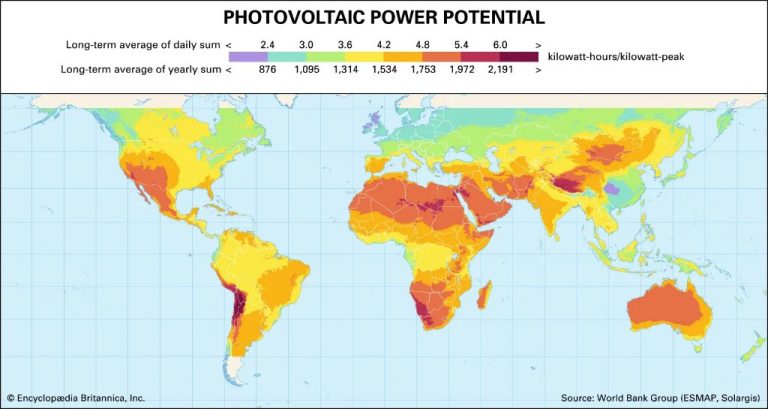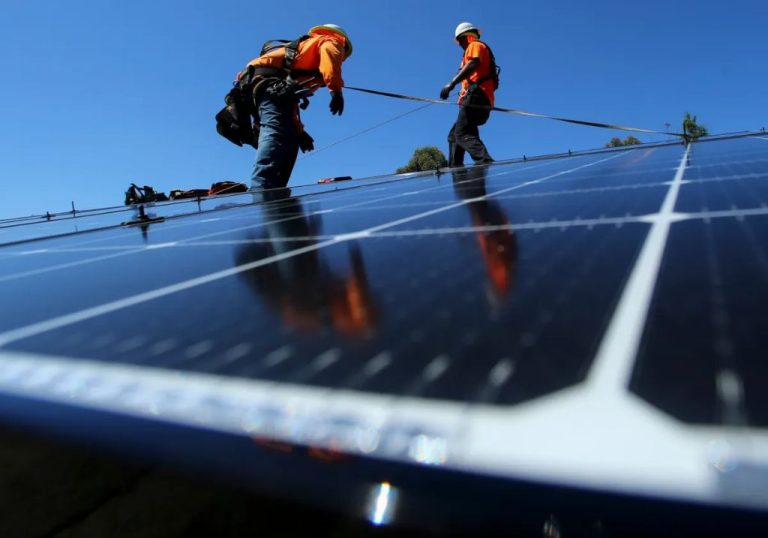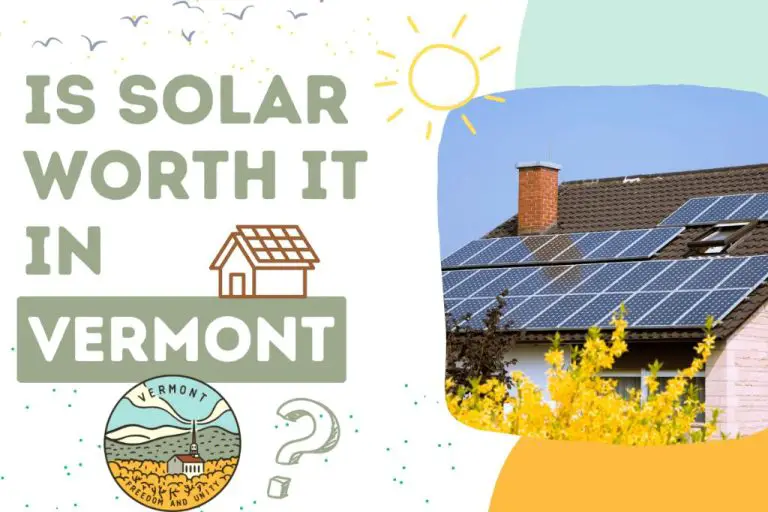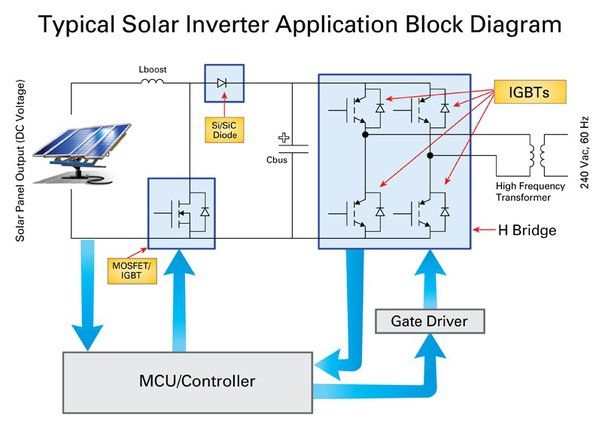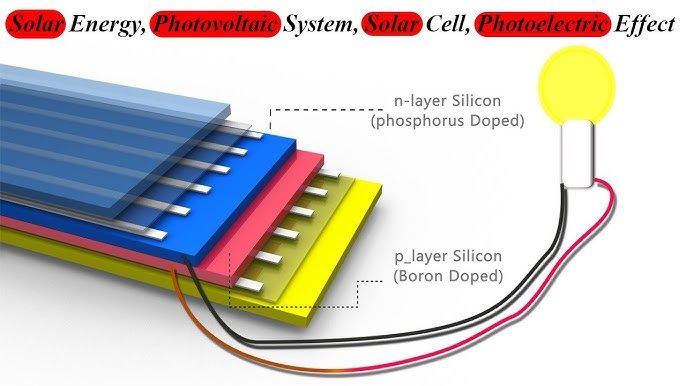Do Solar Powered Lights Work?
Solar lights are lighting devices powered by energy harvested from the sun. Unlike traditional lighting that requires connection to an electrical grid, solar lights utilize solar panels to convert sunlight into electricity that is stored in an internal battery. The battery powers an LED lightbulb or lamp, providing illumination at night or when needed.
Solar panel(s) on the light absorb photons from sunlight during the daytime which excites electrons and generates direct current electricity. This electricity charges the battery, which later powers the LED light. The process is clean and renewable, taking advantage of the abundant solar energy from the sun.
In recent years, solar lights have surged in popularity for outdoor lighting applications. Their self-sufficient and eco-friendly nature makes them ideal for gardens, patios, driveways, sidewalks, and more. With continual improvements in solar technology and energy storage, solar lights are expected to proliferate further as a sustainable lighting solution for homes and businesses.
How Solar Lights Work
Solar lights utilize solar panels, batteries, and LED bulbs to provide illumination at night or in low-light conditions. Here’s an overview of how the main components work together:
Solar panels convert sunlight into electricity during the day through the photovoltaic effect. They act as a renewable power source, capturing energy from the sun’s rays and converting it into an electrical current.
The generated electricity charges built-in batteries, usually lithium-ion or nickel-cadmium rechargeable batteries. The batteries store power throughout the day so it can be used at night.
Once the sun goes down, the charged batteries power LED light bulbs to provide illumination. This allows solar lights to turn on automatically at dusk. The batteries slowly release their stored energy to keep the LED bulbs shining for 6-12 hours.
By harnessing solar energy in batteries to power LEDs, solar lights provide renewable off-grid lighting without wiring or external electricity. The solar panel, battery, and LED bulb work together in one self-contained system.
Types of Solar Lights
There are several common types of solar lights available on the market today:
Outdoor Security Lights
Outdoor security lights powered by solar panels are a popular option for illuminating driveways, walkways, patios, and perimeters. They typically have built-in motion sensors that trigger the light when movement is detected. Many models have adjustable heads that can be aimed in different directions. Security solar lights provide visibility and deterrence at night without requiring electrical wiring.
Pathway and Landscape Lighting
Smaller solar lights designed for gardens, pathways, landscaping, and outdoor decorative lighting come in a wide variety of styles. These include spotlights to highlight plants or statues, low-level lights to illuminate walking paths, and decorative fixtures to add ambiance. Waterproof designs are available for placement near pools, fountains, or ponds. The solar panels are very discreet during the day.
Portable Lanterns and Flashlights
Portable solar lanterns and flashlights can provide lighting while camping, during power outages, or in emergency situations. Their internal batteries charge via solar panels during the day so they can illuminate tents, walkways, cooking areas, and more at night. Some have multi-mode LEDs with brightness settings and flashing options. The best portable models are durable, lightweight, and water-resistant.
Advantages of Solar Lights
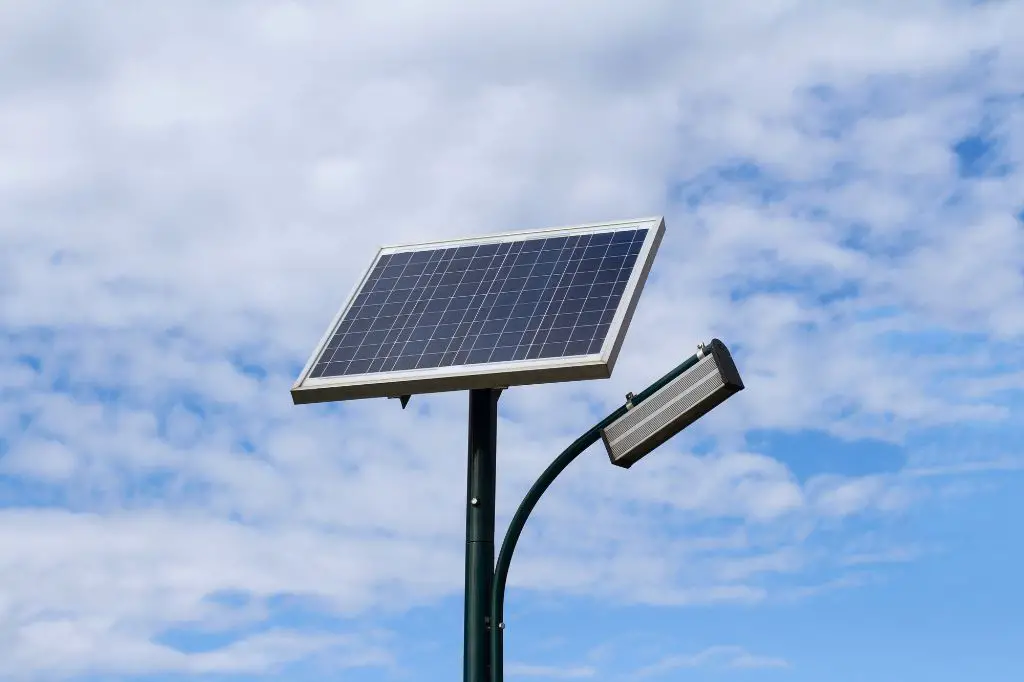
There are many clear benefits that make solar-powered lights an attractive choice. The main benefits of solar lights include:
- Provide light without wiring or electricity. Solar lights don’t require any electrical wiring or connection to the electrical grid. All the power is generated from sunlight by the onboard solar panel and stored in the integrated battery. This makes solar lights perfect for remote locations, outdoor spaces, and places where installing electrical wiring would be difficult or expensive.
- Cost savings from reduced energy bills. With solar lights, there is no need to pay any monthly electricity bills for the lighting. The sun provides the power completely free of charge. Over the lifetime of using solar lights, this can lead to significant cost savings compared to constantly paying for energy to power conventional electric lights.
- Environmental benefits. Solar lights don’t consume any non-renewable energy resources to operate. They generate clean power from the sun with no emissions or pollution. Using solar powered lights is an easy way to reduce your carbon footprint and adopt more sustainable solutions. The energy and emissions savings from solar lights can be substantial for larger installations.
Disadvantages of Solar Lights
There are some potential drawbacks to consider when deciding whether solar lights are right for your needs.
The most obvious disadvantage is the higher upfront cost compared to traditional electric lights. While solar lights save money on electricity bills in the long run, the initial purchase price can be 2-3 times higher. This is especially true for larger, high-output solar fixtures. However, prices have been dropping steadily as the technology improves and becomes more mainstream.
Solar lights are dependent on exposure to sunlight to recharge. Cloudy weather can sometimes reduce charging capacity and lead to diminished output. Solar panels don’t work at night, so the lights rely on stored battery power when dark. Consider your climate and the typical weather patterns for your location before installing solar lights. Systems with larger solar panels and batteries will be less affected by limited sun.
While some solar lighting options are quite bright, most produce less light compared to electric counterparts. The lower light levels may be insufficient for some applications. However, improvements in solar cell efficiency and LED bulb technology continue to increase brightness capabilities. Proper fixture and bulb selection for the intended purpose is key.
Performance and Durability
The performance and durability of solar lights depends on several factors like weather conditions, battery quality, and overall build. Solar panels work optimally on sunny, cloudless days when they can absorb the most sunlight. Overcast weather or winter months with less daylight will reduce the solar panel’s charging capacity. Higher quality solar panels made of monocrystalline or polycrystalline silicon tend to be more efficient than older amorphous panels.
Battery performance also impacts solar light runtime. Lead acid batteries are less expensive but don’t last as long as lithium-ion batteries. Solar lights with lithium-ion batteries can retain charge for longer and withstand more charge cycles over their lifetime. Under optimal conditions, quality lithium-ion batteries in solar lights can last 3-5 years or more. Lower end lead acid batteries may need to be replaced yearly.
The overall housing and build quality of the solar light also affects durability. Lights meant for outdoor use need to withstand weather elements and changing seasons. High quality solar lights have rugged, waterproof casing and UV-resistant panels that can handle being outside in harsh conditions for years. Cheaper models may show wear and age faster.
Cost Comparisons
When looking at the costs of solar lights, it’s important to consider both the upfront costs as well as the long term savings compared to traditional lighting options.
The upfront cost of solar lights is higher than traditional lights. A single solar powered outdoor light can range from $10-$100 depending on the size and features. However, since they don’t require any electrical wiring or ongoing electricity costs, solar lights can provide savings over time.
Traditional wired lighting requires professional installation and ongoing electricity usage. Electricity to power traditional lighting can add up to hundreds of dollars per year. Maintenance costs are also higher with traditional lighting as bulbs need to be replaced periodically.
With no wiring or electrical costs, most solar lights pay for themselves in 1-3 years. Over a 10 year period, solar lights can save $100s in avoided electricity and maintenance costs compared to traditional lighting options. Once the upfront cost of the solar fixture has been recouped, the ongoing savings are substantial.
For those looking for budget lighting options, solar lights provide bright, maintenance free lighting year after year. The long term savings outweigh the higher initial investment.
New Innovations
Researchers and companies are constantly looking for ways to improve solar powered lights. Here are some of the latest innovations in this technology:
Improving Efficiency, Brightness, and Battery Life
New solar panel materials like perovskites can convert solar energy to electricity more efficiently than traditional silicon solar cells. This means the panels can be smaller but generate the same amount of electricity.
Brighter and more energy efficient LED bulbs are also extending the brightness and duration of solar lights. And new battery chemistries like lithium-ion can store more energy for longer.
Smart Sensors and Lighting Controls
Motion sensors allow solar lights to conserve power by turning on only when needed. And connecting solar lights to smart home systems allows remote control via a smartphone.
Smart solar lights can also automatically adjust brightness based on conditions to extend battery life. And some models contain cameras and WiFi connectivity for added security and functionality.
Use Cases
Solar lights have wide-ranging use cases both domestically and internationally. One major use case is providing off-grid lighting solutions for communities without access to electricity. An estimated 1.3 billion people worldwide lack access to electricity. Solar lights offer a clean, renewable way to provide lighting to these communities for homes, schools, medical clinics and other facilities. This enables extended hours of studying for children, safer home environments, and ability to provide medical care after dark.
Outdoor solar lighting is also a common application around homes and businesses. Pathway lighting, lamp posts, garden lights and other outdoor fixtures can all be powered by solar panels and batteries. This provides lighting without the need to run electrical wiring. Solar lights automatically turn on at dusk, providing visibility and security throughout the night.
In developing regions, solar lights are an affordable way to bring lighting to off-grid rural villages. Aid organizations often distribute portable solar lanterns and install community solar street lights to provide basic lighting needs. With solar powering lighting, developing communities gain access to the many benefits electricity provides without needing to build extensive electrical infrastructure.
Conclusion
In summary, solar powered lights absolutely do work and can provide an effective lighting solution in various scenarios. The key benefits of solar lights are their renewable and sustainable power source from the sun, zero electrical costs, and ease of installation compared to wiring. Rapid improvements in solar panel and LED efficiency are also making solar lights brighter and more affordable than ever.
Looking ahead, as solar technology continues to advance we can expect solar lighting to gain an increasing foothold in residential, commercial, and public applications. With concerns over climate change and energy sustainability growing globally, solar lights present a clean energy alternative to traditional electric lighting. While the upfront cost is still higher than standard lights, solar prices are dropping while electricity rates are rising. With sufficient sunlight and some occasional maintenance, solar lights can provide years of bright and efficient off-grid illumination.


